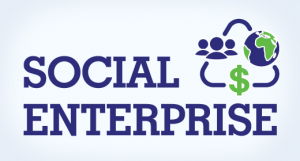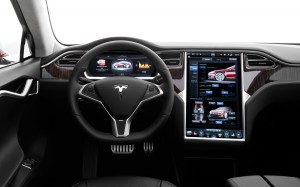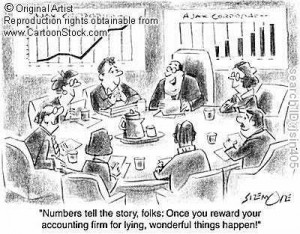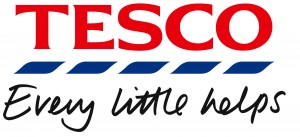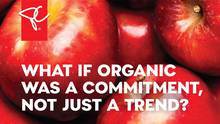” If the United Nations was fully funded why would we need the Arc or social enterprise”?
In responding to such a thought-prov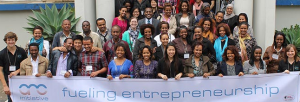 oking question, it is pertinent to first underscore the underlying implications of the Arc and social enterprise’s existence. I personally believe the interconnections made between business knowledge and innovative entrepreneurs convincingly translates to success in terms of social change, as ideas are brought and amalgamated by individuals passionate to make a difference.
oking question, it is pertinent to first underscore the underlying implications of the Arc and social enterprise’s existence. I personally believe the interconnections made between business knowledge and innovative entrepreneurs convincingly translates to success in terms of social change, as ideas are brought and amalgamated by individuals passionate to make a difference.
I had to consider whether the extra funding for the United Nations would bring about as great an effect compared to the growing magnitude of the Arc initiative around the world. My conclusion? Social enterprises and the Arc are arguably essential in facilitating the growth of less affluent communities around the world, as this helps foster a more structured and equalized system for business and societal growth. I found that reading the Upward Arc article helped shed light on what differentiates the United Nations with the Arc: the idea of making a bigger impact through the connectivity of developing countries with educative processes, the catalytic effect in supporting government funding with shared knowledge, and the encompassing spread of innovative ideas are aspects the United Nations can never touch on to such an immersive extent.
“Everyone can make a difference” may seem like a generic, tried-and-true phrase, but with Arc, this statement may no longer be just conjecture.
